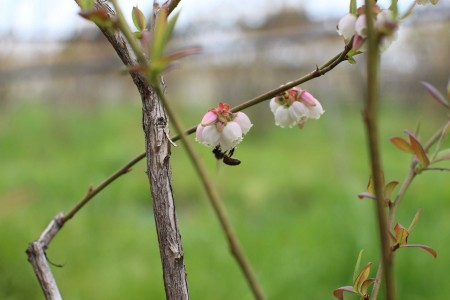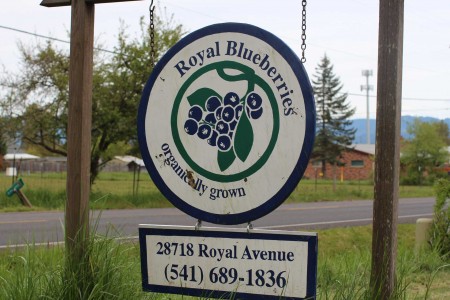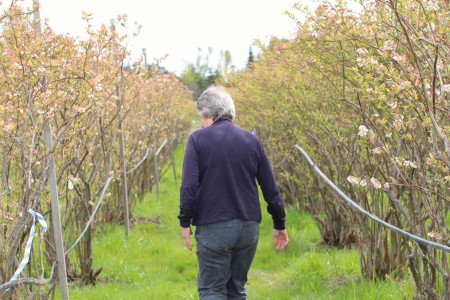"They wanted to spray a chemical called 2, 4, 5-T which in combination with 2, 4-D was Agent Orange in the Vietnam War. The horrors of war were brought back for peacetime uses in forestry."
In the mid 1970s Norma Grier was living in the small town of Azalea, Oregon, about 130 miles south of Eugene. The town is named for the prevalence of the small Azalea occidentalis flowers that bloom in the spring. Federal and private forestlands surround Azalea and the county harbors five national protection areas. Clear-cuts of neighboring forestlands were a common occurrence in Azalea, and with the clear-cuts came the herbicide spray.

“We had a very small farm in a forested watershed, and learned that the Roseburg Lumber Company was going to spray the property just upstream from our house,” Grier said. Foresters and silviculturists sat with Gier at her kitchen table and explained the process. “They wanted to spray a chemical called 2, 4, 5-T, which in combination with 2,4-D was Agent Orange in the Vietnam War,” Grier said. “In the 1960s and early 1970s, 2, 4, 5-T was being used on forested watershed throughout Oregon, Washington, California, the Midwest, even Maine. The horrors of war were brought back for peacetime uses in forestry.”
Little time passed after the spray before Grier spoke with another visitor at her kitchen table. “From my watershed, if you crossed over the ridge into the next watershed there was a woman who lived there who had been sprayed,” Grier said. The same lumber company had visited the clear-cuts near this women’s property and her spring-fed water source had been contaminated with 2, 4, 5-T that had drifted onto her property. “She had horrible health effects from the residues that were in the water — she had uncontrolled vaginal bleeding,” recalls Grier. “She came to visit one day and over my kitchen table told me her story.”

The Environmental Protection Agency assumed responsibilities for pesticide use in 1972. “[The EPA] boldly said that they would undergo cancellation hearings for 2, 4, 5-T and they worked to determine whether they should stop those uses,” said Grier, who worked to ensure that the voices of those affected where accounted for in those hearings.
Attorneys representing Dow Chemical cross-examined the woman who shared her story at Grier’s kitchen table. After the public hearings, the EPA moved to restrict the use of 2, 4, 5-T use in the United States but was restrained by an injunction from Dow Chemical. After excessive complaints from Oregon citizens, the EPA imposed an emergency ban on the pesticide. “It took until 1985 but eventually Dow gave up on keeping their pesticide,” Grier said, “but there was no decision by the EPA that it was harmful.”

When asked what gives her hope, she said, “I work to connect with beauty everyday. Notice something that is beautiful. And that really helps. You know it’s just a small thing, but I think it’s really essential for our well being, and our stamina.” Grier helped form the Eugene based non-profit – Northwest Coalition Against Pesticides (NCAP) – not long after the EPA hearings. Grier was the executive director the NCAP for 27 years before retiring in 2009.


